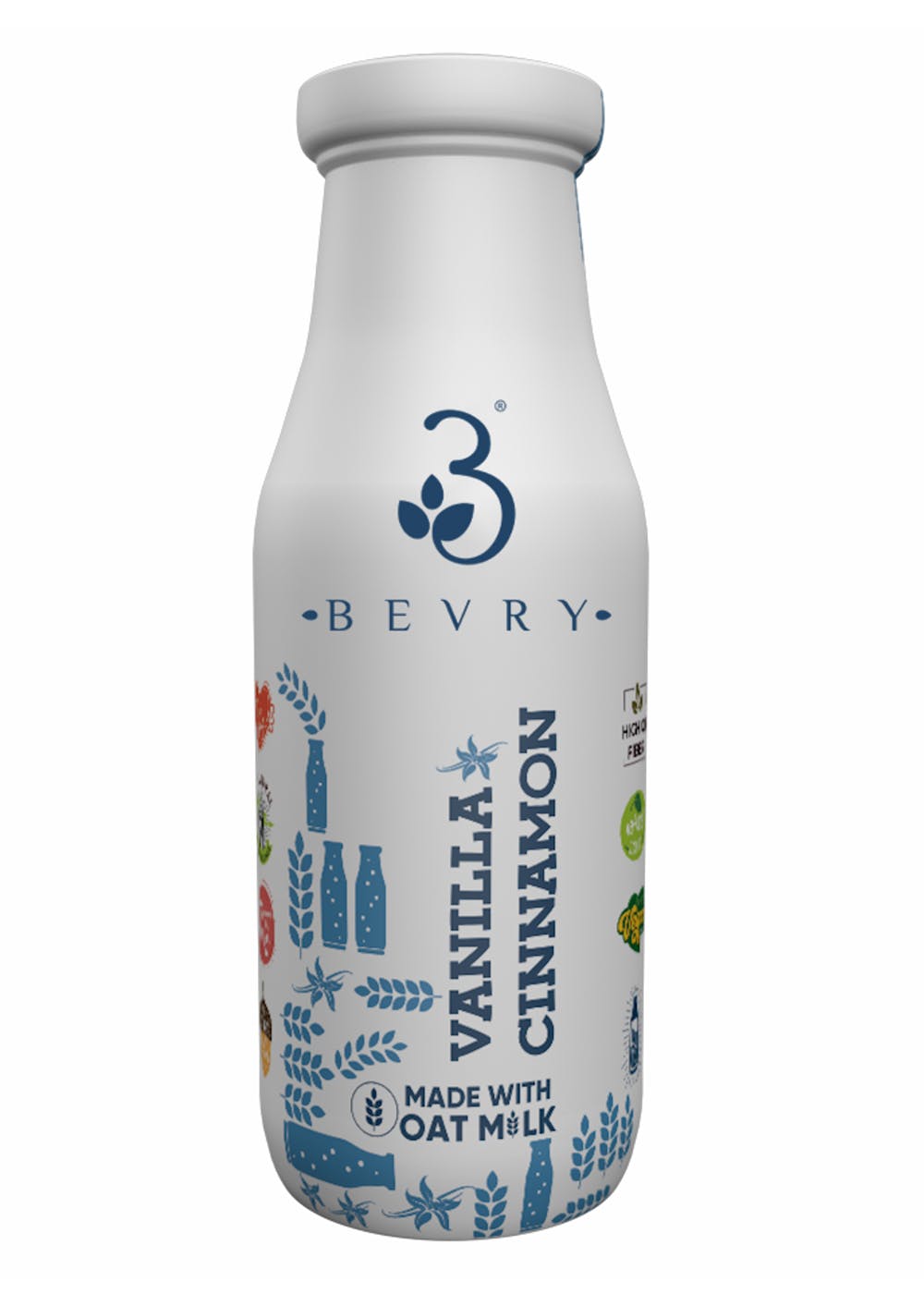

There was a third category of card known as a "private mailing card", which was a commercial card prepared for a special occasion, or for a special reason. Thereafter the domestic surface rate changes were:Ĭurrent mailing & shipping prices on Īs working definitions, a "postcard" is considered to be a privately prepared card, generally with a picture or image on one side and sold by a stationer, while a "postal card" is one issued by, and sold over the counter of a post office. The 2-cent rate continued from Januto August 1, 1958, when the rate was raised to 3-cents. 12)įrom November 2, 1917, to June 30, 1919, the rate for postcards and postal cards was 2 cents. Domestic Postal Rates, 1872-1993, by Henry W. Thereafter, they have taken the same rate and functioned at the same level as postal cards except during the period from April 1, 1925, through June 30, 1928, when the postcard rate was 2 cents, the postal card rate 1 cent.

Before July 1, 1898, postcards could only be mailed if the first-class letter rate was paid they were first authorized for use at a rate lower than the letter rate on July 1, 1898. Postal cards were introduced in 1873 and could be mailed at a 1 cent rate (less than the first-class letter rate). “I felt like my life was over.What Did it Cost to Mail a Postcard in the Past? “It’s just shockingly bad how they treated me, Gray said. Gray ultimately managed to get her milk supply back to feed her baby. But nursing moms must drink lots of water to produce enough milk. Mail carriers drink little water on the job, because finding a bathroom is tricky.

In Gray's case, there may have been another factor in the drought: dehydration.
#Postal 4 get milk professional#
African-Americans have more than twice the rate of infant deaths than white babies.Ĭapron said Gray’s story was a reminder that many women may want to breastfeed, but can’t for professional reasons beyond their control. Even so, and even with letters of support, her employer did not provide the necessary accommodations.”Ĭapron continued, “We always hear that young, single, African-American moms are less likely to breastfeed even when controlling for other socioeconomic factors.”ĭoctors and public health officials encourage women of color to breastfeed, because it reduces the risk of sudden infant death syndrome, or SIDS. “She is a determined, confident and well-spoken young woman who is an effective advocate for herself and her child. “Iesha is such a great example of a young mom who was trying to do all the right things for her baby,” Capron told KUOW by email. Molly Capron wrote letters in support of Gray to the U.S. But the case would have to be examined individually.īut for Gray’s daughter’s pediatrician, this was an example of clear wrongdoing. It could be Gray’s case, too: that the back of the truck was unsanitary for pumping. And Gray said that when she and Davaeh first tried, it was “easy as 1-2-3.” To stop nursing when it was so natural for her and her daughter felt like a failure. She’d read about the benefits, and her best friend had nursed her own daughter, which inspired her. KUOW has reported extensively on the nursing mothers law and heard from dozens of moms that their bosses were simply ignorant about the requirements and the needs.Įmployers aren't the only ones: A midwife she saw as her supply dwindled suggested she switch to formula, but Gray was determined to nurse her baby. Gray’s story illustrates how hard it is for some employers to accommodate moms’ pumping needs. When she tried that, she ended up spending 11 hours away from her infant. Gray could, they said, return to the station throughout the day – breaks unpaid. Gray suggested that would be a temporary job at a station while she was nursing.
“That seems to be a couple of accommodations," USPS spokesman John Friess said, hearing a reporter's account of Gray's case.


 0 kommentar(er)
0 kommentar(er)
